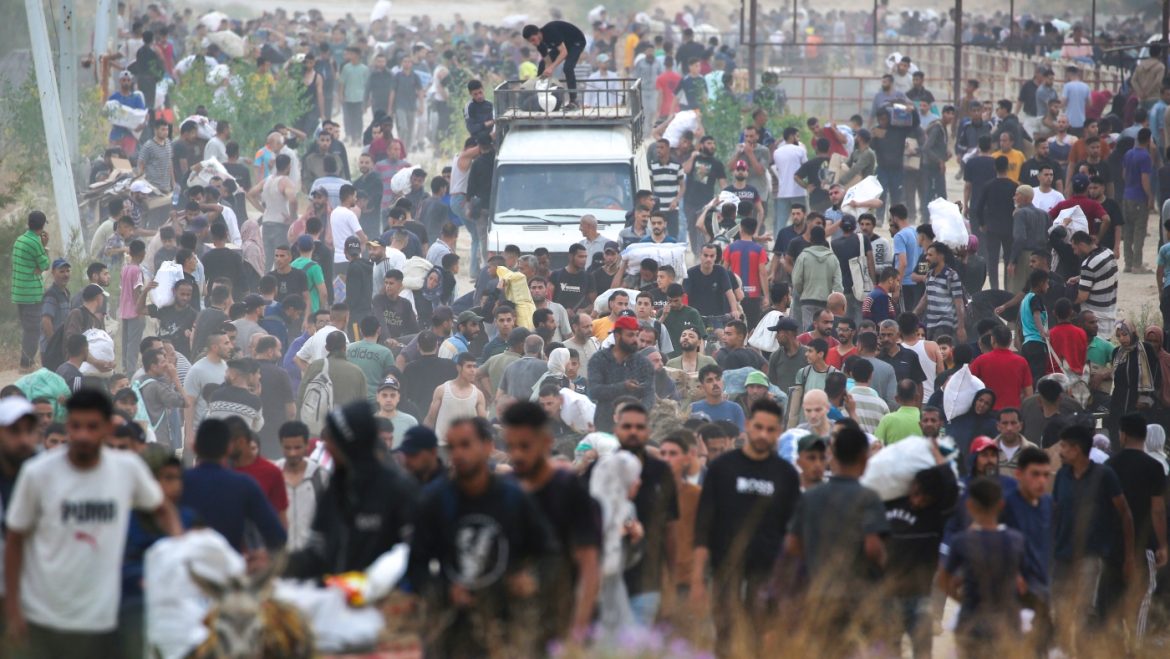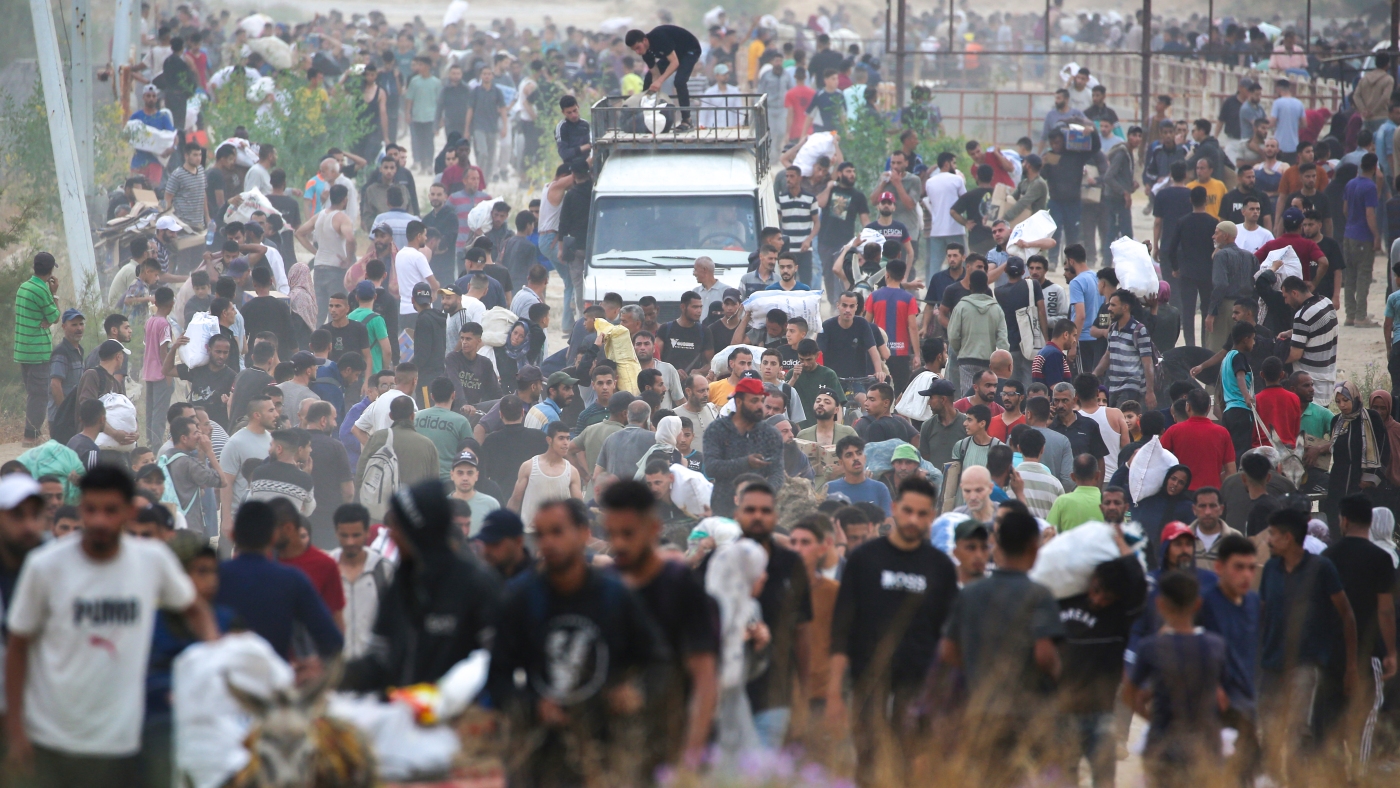The rise of Israeli cuisine on the global stage has been nothing short of meteoric. Over the past two decades, dishes like shawarma, hummus, malawach, and sabich have transitioned from local Tel Aviv staples to trendy menu items in cities like New York, London, and Melbourne. This culinary renaissance has been driven by chefs and entrepreneurs who have skillfully marketed these dishes as part of a distinct Israeli brand. Shahar Segal, a former TV ad director turned restaurateur, has been at the forefront of this movement. His restaurants, including the Michelin-starred Shmoné, have helped popularize Israeli cuisine, attracting celebrities and earning critical acclaim. However, this global success has not been without controversy. Critics argue that the repackaging of Levantine foods as “Israeli” strips Palestinian and broader Middle Eastern cultures of their rightful credit, turning centuries of shared history into contemporary soft power.
The debate over cultural ownership has intensified in recent years, with some labeling the trend a “Great Zionist Food Heist.” This criticism suggests that Israeli cuisine’s global popularity is not merely an innocent reshuffling of gastronomic decks but a deliberate effort to appropriate and rebrand dishes that have deep cultural roots in Palestinian and other Middle Eastern communities. The controversy reached a new level in 2024 when Segal became the public face of the Gaza Humanitarian Foundation (GHF), a U.S. and Israeli-backed initiative aimed at distributing food aid in war-torn Gaza. The foundation’s mission was to bypass traditional humanitarian channels and expedite relief to the more than two million Palestinians enduring shortages, violence, and isolation under blockade.
The GHF’s announcement was met with a mix of praise and skepticism. While some saw it as a humane and innovative solution to the crisis, others viewed it as a PR maneuver designed to whitewash Israel’s military campaign and sidelining reputable humanitarian organizations. The foundation’s approach was framed as “efficient and transparent,” but critics questioned its legitimacy and effectiveness. UN officials, in particular, were blunt in their assessment, labeling the initiative a power grab that distracted from the underlying issues of blocked convoys, destroyed infrastructure, and the ongoing siege. The controversy deepened when the foundation’s first director resigned after just days, citing chaos and lack of control.
The backlash against the GHF was swift and fierce. Palestinians and established humanitarian workers saw the initiative as suspect, arguing that the same authorities restricting critically needed supplies were now installing an untested, private-sector group to take charge. The objection was not just about logistics but also about legitimacy. For many, Segal’s sudden humanitarian turn felt less like altruism and more like a branding exercise, leveraging the suffering of Gaza for international applause. Social media platforms became battlegrounds, with videos of Israeli dining experiences juxtaposed against footage of Gazans risking their lives for basic necessities like flour. The New York media buzzed with discussions about Segal’s dual role as a king of Manhattan’s foodie scene and a public face for a program that sidelined organizations with the best chance of reaching the needy.
The controversy also highlighted the deeper issues of cultural appropriation and the politics of food. For Palestinians and much of the Arab world, dishes like hummus and falafel carry centuries of history, recipes, and mealtime rituals passed down through generations. When these foods are rebranded as “Israeli,” it becomes a contest over memory, belonging, and erasure. Segal’s involvement in the GHF amplified these grievances, making him the literal face of a system that appropriates both flavor and agency. The irony was not lost on many: Israeli restaurateurs finding global acclaim for foods that Palestinians in Gaza were struggling to obtain, often at the risk of their lives.
The debate over the GHF also raised questions about the role of private-sector initiatives in humanitarian efforts. While some saw the foundation as a model of responsible capitalism, bringing operational efficiency to a field often bogged down by bureaucracy, others viewed it as a cynical cascade. They argued that Segal was unwilling or unable to step out of his own narrative, offering daily bread in one hand and brand equity in the other. The controversy underscored the complexities of humanitarian aid in conflict zones, where the lines between altruism, politics, and PR can become blurred.
In the broader context, the controversy over the GHF is part of a larger struggle over food as a symbol of identity, power, and resistance. Food has long been a battleground in the Middle East, where colonialism, migration, and occupation have all been carried in the movement of crops, the adaptation of dishes, and the changing of names. The politics of the plate revolve not just around flavor but also around justice. In this case, the debate over hummus and humanitarianism highlights the deeper divisions and struggles at play.
The story of Shahar Segal and the Gaza Humanitarian Foundation is a microcosm of a wider clash where culture, commerce, and conflict coalesce. It raises fundamental questions about the role of celebrity chefs in humanitarian efforts and the ethics of leveraging suffering for PR and branding. The controversy also underscores the need for a more nuanced understanding of the politics of food, where each bite can taste different depending on whom you believe is being fed and who is left hungry.
In conclusion, the debate over Israeli cuisine and humanitarian aid in Gaza is more than just a discussion about food. It is a reflection of deeper issues of cultural ownership, political power, and the ethics of aid. The controversy surrounding the Gaza Humanitarian Foundation highlights the complexities of navigating these issues in a world where food is never just food. It is a symbol of identity, a tool of power, and a battleground for justice. Until these issues are addressed, the war over hummus and humanitarianism will continue to be served at dinner tables as surely as on distant fields.


